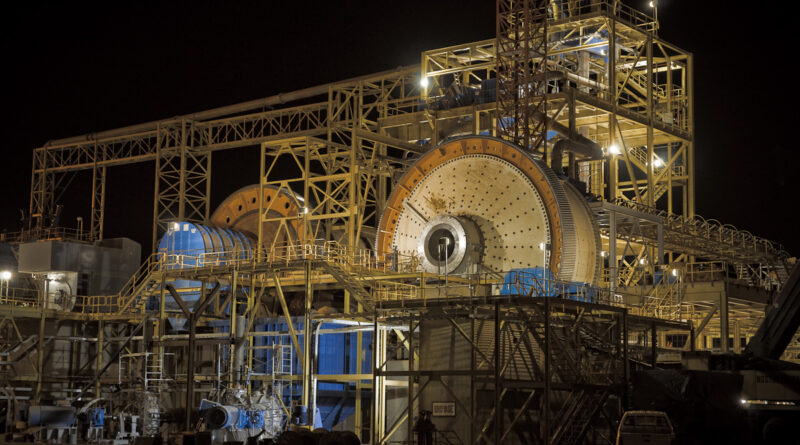2022: Unique challenge to metals and mining companies
2021 presented a unique challenge to metals and mining players; how to make sense of the disorientating price volatility, and dizzying array of signals in a market that is artificially stimulated and still tormented by the pandemic threat. We think 2022 should provide some respite from the frenetic pace of last year, but things won’t change overnight.
With COP26 fresh in the memory of most mining executives, and decarbonisation remaining a key value driver, miners can expect mounting pressure to meaningfully align with a 1.5°C warming scenario. Increased scrutiny on carbon emissions is set to drive a surge in low cost abatement, and the emergence of the carbon capture, utilisation and storage industry. Calls for comprehensive net zero plans, and more sophisticated disclosure, will increase this year as investors seek to rank assets on ESG metrics.
If 2021 was the year of rebound for metals and mining (M&M) commodities, then 2022 is shaping as the year of rebalance, says Wood Mackenzie, a Verisk business.
Wood Mackenzie vice chair Julian Kettle said: “The most likely outcome is an environment where commodity prices can settle from the extraordinary highs of 2021. But there are plenty of risks to this outlook. The pandemic’s tendrils continue to ensnare markets for all mined commodities.”
Much of the evidence points to a year of lower demand growth. Government stimulus could wane, while fiscal and monetary policy will tighten. 2022 should be a year when supply chains refill and start to better meet the needs of consumers.
But there is plenty of uncertainty. With lockdowns out of favour in most places, the demand risks from new variants may be usurped by supply and logistics impacts, as workers isolate or refuse to vaccinate. Stimulus could be prolonged too, as governments, and central banks, fret more about the impact on growth than the looming inflation risk. China’s economy-versus-emissions dilemma will be critical to M&M markets.
Supply: Investment muted despite supply constraints and earnings boom
Mine supply shortages and logistics constraints will remain a feature across M&M markets in 2022. The European and Chinese energy crises are unsolved, directly affecting coal prices, and keeping input costs higher across all products, particularly the energy-hungry base metals. Logistics bottlenecks, container and chip shortages, plus some unhelpful trade policies, will also keep regional price differentials and product premia skewed.
Vice president Robin Griffin said: “Supply will improve, but we do not expect a meaningful investment spike this year, despite the reinvigorated balance sheets of M&M companies. An obvious question is where will the record earnings of 2021 be directed?
“We know that the diversification trend from fossil fuels to future facing commodities will continue, but there has been a dearth of capital allocated to organic growth from diversified miners.”
Decarbonisation: Increased scrutiny to drive surge in low cost abatement
With COP26 fresh in the memory, and COP27 already looming, miners can expect mounting pressure to meaningfully align with a 1.5-degree warming scenario. Calls for comprehensive net zero plans, and more sophisticated disclosure, will increase this year as investors seek to rank assets on ESG metrics.
Kettle said: “Miners and consumers will understandably focus on decarbonisation options that make the most economic sense. So, expect a plethora of new renewable PPAs and captive solar and storage plans this year at production sites. Mine haulage will get plenty of attention too with Komatsu’s 930E hydrogen fuel-cell haul truck trial at Anglo’s Mogalakwena platinum mine worth watching. But also look for more traction on battery, gas, bio- and green-diesel haulage options.”
Urban mining – recycling and scrap use – will be front of mind for consumers, both as a low cost decarbonisation option in ferrous markets and a potential solution to looming supply deficits elsewhere. Expect plenty of noise from the nascent battery recycling sector.




